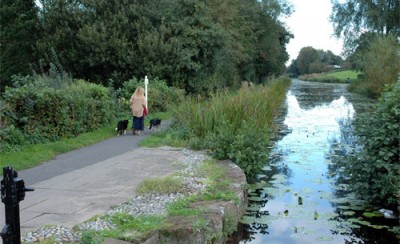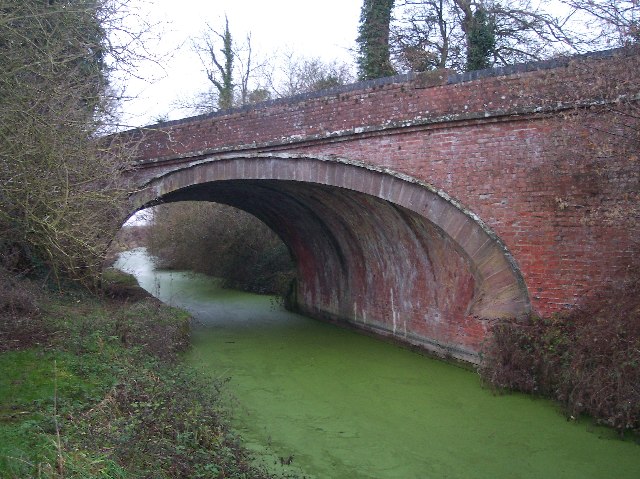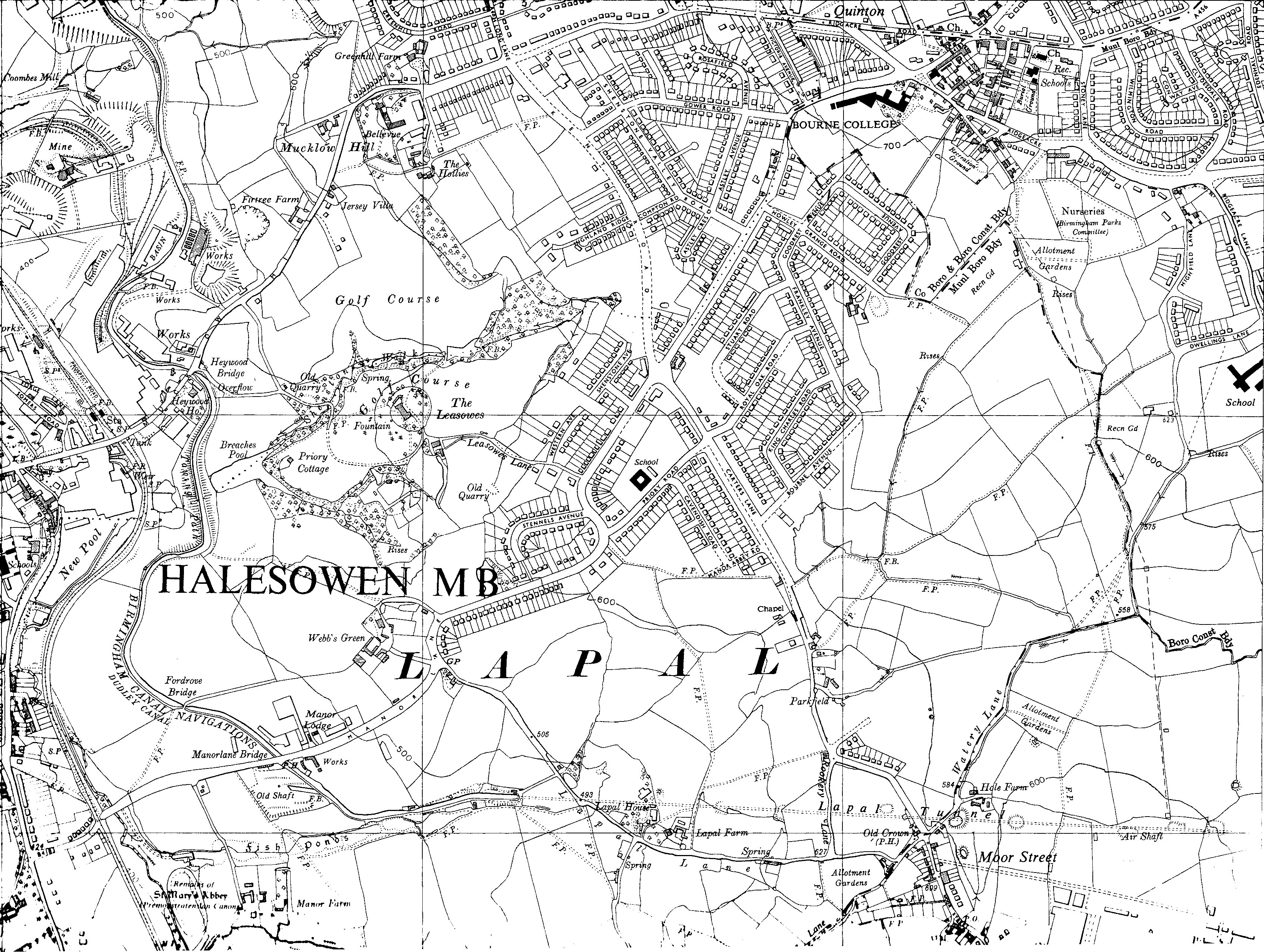|
Josiah Clowes
Josiah Clowes (1735–1794) was a noted English civil engineer and canal builder. His early years were spent running a canal carrying company with Hugh Henshall, and although he worked on some canal projects before 1783, that year marked his switch to being an engineer. His first major project included the Sapperton Tunnel on the Thames and Severn Canal, which despite huge engineering difficulties, gained him a reputation which enabled him to become the first great tunnelling engineer, responsible for three of the four longest canal tunnels built. Early life Clowes was the youngest child of a family of six, and was born in North Staffordshire in 1735. His parents are believed to be William Clowes and Maria Whitlock. He also had an older brother called William, who was involved in coal mining at Whitfield, Norton and Sneyd Green, and it was through him that he met another partner in the business called Charles Bagnall. In late 1762 he married Bagnall's sister Elizabeth, and the mar ... [...More Info...] [...Related Items...] OR: [Wikipedia] [Google] [Baidu] |
Canal
Canals or artificial waterways are waterways or engineered channels built for drainage management (e.g. flood control and irrigation) or for conveyancing water transport vehicles (e.g. water taxi). They carry free, calm surface flow under atmospheric pressure, and can be thought of as artificial rivers. In most cases, a canal has a series of dams and locks that create reservoirs of low speed current flow. These reservoirs are referred to as ''slack water levels'', often just called ''levels''. A canal can be called a ''navigation canal'' when it parallels a natural river and shares part of the latter's discharges and drainage basin, and leverages its resources by building dams and locks to increase and lengthen its stretches of slack water levels while staying in its valley. A canal can cut across a drainage divide atop a ridge, generally requiring an external water source above the highest elevation. The best-known example of such a canal is the Panama Canal. Many ... [...More Info...] [...Related Items...] OR: [Wikipedia] [Google] [Baidu] |
Leominster Canal
The Leominster Canal was an English canal which ran for just over 18 miles from Mamble to Leominster through 16 Lock (water transport), locks and a number of tunnels, some of which suffered engineering problems even before the canal opened. Originally the canal was part of a much more ambitious plan to run 46 miles from Stourport to Kington, Herefordshire, Kington. History Construction Following the opening of the Staffordshire and Worcestershire Canal in 1772, which linked the industrial Midlands to the River Severn at Stourport, the engineer Robert Whitworth proposed a canal to link Stourport to Hereford, passing through Pensax and Leominster in 1777. Meetings were held at Leominster and Tenbury Wells in 1789, at which it was decided to survey possible routes from Leominster to Stourport. Thomas Dadford, Jr. carried out the survey, and presented a plan to a meeting in December 1789 for a canal, costing £83,000, with estimated receipts of £4,300 per year. Three tunnels would ... [...More Info...] [...Related Items...] OR: [Wikipedia] [Google] [Baidu] |
Canals Of The United Kingdom
The canals of the United Kingdom are a major part of the network of inland waterways in the United Kingdom. They have a varied history, from use for irrigation and transport, through becoming the focus of the Industrial Revolution, to today's role of recreational boating. Despite a period of abandonment, today the canal system in the United Kingdom is again increasing in use, with abandoned and derelict canals being reopened, and the construction of some new routes. Canals in England and Wales are maintained by navigation authorities. The biggest navigation authorities are the Canal & River Trust and the Environment Agency, but other canals are managed by companies, local authorities or charitable trusts. The majority of canals in the United Kingdom can accommodate boats with a length of between and are now used primarily for leisure. There are a number of canals which are far larger than this, including New Junction Canal and the Gloucester and Sharpness Canal, which can acc ... [...More Info...] [...Related Items...] OR: [Wikipedia] [Google] [Baidu] |
Standedge Tunnels
The Standedge Tunnels () are four parallel tunnels through the Pennine hills at the Standedge crossing between Marsden in Kirklees, West Yorkshire and Diggle in Oldham, Greater Manchester in northern England. Three are railway tunnels (containing the Huddersfield line) and the other is a canal tunnel. Before boundary changes in 1974, both ends of the tunnels were in the West Riding of Yorkshire. The canal tunnel on the Huddersfield Narrow Canal was authorised by an Act of Parliament on 4 April 1794. Construction of a tunnel began months later. Within two years, cost-saving measures pushed back its completion date and progress was slowed by water levels much greater than had been expected. It proved difficult to secure skilled help, some tenders went unanswered and Benjamin Outram withdrew from the venture. In 1807, Thomas Telford drew up a new plan for its completion. In 1811, the tunnel opened. It is the longest and oldest of the four Standedge tunnels and is the longest ... [...More Info...] [...Related Items...] OR: [Wikipedia] [Google] [Baidu] |
Shrewsbury Canal
The Shrewsbury Canal (or Shrewsbury and Newport Canal) was a canal in Shropshire, England. Authorised in 1793, the main line from Trench to Shrewsbury was fully open by 1797, but it remained isolated from the rest of the canal network until 1835, when the Birmingham and Liverpool Junction Canal built the Newport Branch from Norbury Junction to a new junction with the Shrewsbury Canal at Wappenshall. After ownership passed to a series of railway companies, the canal was officially abandoned in 1944; many sections have disappeared, though some bridges and other structures can still be found. There is an active campaign to preserve the remnants of the canal and to restore the Norbury to Shrewsbury line to navigation. History From 1768 several small canals were built in the area of what is now Telford. These canals carried tub boats. The first of these was the Donnington Wood Canal which opened in 1768, to be followed by the Wombridge Canal and the Ketley Canal, both opened in 178 ... [...More Info...] [...Related Items...] OR: [Wikipedia] [Google] [Baidu] |
Herefordshire And Gloucestershire Canal
The Herefordshire and Gloucestershire Canal (sometimes known as the Hereford and Gloucester Canal) is a canal in the west of England, which ran from Hereford to Gloucester, where it linked to the River Severn. It was opened in two phases in 1798 and 1845, and closed in 1881, when the southern section was used for the course of the Ledbury and Gloucester Railway. It is the subject of an active restoration scheme. History The first plans for a canal between Hereford and Gloucester were made by Robert Whitworth, one of James Brindley's pupils, in 1777. The route was part of a grander plan to link Stourport on Severn and Leominster as well. Twelve years later, Richard Hall submitted plans for a canal via Ledbury. In March 1790, the promoters decided to submit the plans to Parliament. Josiah Clowes, an engineer who had previous experience of working on the Chester Canal and who had worked with Whitworth on the Thames and Severn Canal, was to be the engineer. It appears that he re-surv ... [...More Info...] [...Related Items...] OR: [Wikipedia] [Google] [Baidu] |
Gloucester And Sharpness Canal
The Gloucester and Sharpness Canal (also known as the Gloucester and Berkeley Canal) is a ship canal in the west of England, between Gloucester and Sharpness; for much of its length it runs close to the tidal River Severn, but cuts off a significant loop in the river, at a once-dangerous bend near Arlingham. It was once the broadest and deepest canal in the world. The canal is long. Canal planning and construction Conceived in the canal mania period of the late 18th century, the Gloucester and Berkeley Ship Canal scheme (as it was originally named) was started by architect and civil engineer Robert Mylne. In 1793 an Act of Parliament was obtained authorising the raising of a total of £200,000.Hadfield (1969), p.342 The project rapidly encountered financial difficulties – to such an extent that Mylne left the project in 1798. By mid-1799 costs had reached £112,000 but only of the canal had been completed.Hadfield (1969), p.344 Robert Mylne's role was taken over by J ... [...More Info...] [...Related Items...] OR: [Wikipedia] [Google] [Baidu] |
Lappal Tunnel
The Lapal Tunnel (old spelling Lappal Tunnel) is a disused canal tunnel on the five mile dry section of the Dudley No. 2 Canal in the West Midlands, England. It takes its name from the settlement of Lapal. History The narrow brick-lined tunnel, built in 1798 by William Underhill, had no towpath. It had a very small bore — at 7 feet 9 inches, barely wider than the boats which used it, with a headroom of only 6 feet. Boats originally took about three hours to complete the passage by legging or poling, so in 1841 a steam engine was built at the Halesowen end which drove a scoop wheel to load the tunnel with water. Stop gates could be opened at either end to assist boats along the tunnel in either direction. The tunnel suffered many collapses, and after a collapse in 1917 due to mining subsidence it was abandoned. It runs under Lapal, the M5 motorway near junction 3 and Woodgate Valley Country Park. The canal between Halesowen and Selly Oak is disused and some section ... [...More Info...] [...Related Items...] OR: [Wikipedia] [Google] [Baidu] |
Dudley Canal
The Dudley Canal is a canal passing through Dudley in the West Midlands of England. The canal is part of the English and Welsh connected network of navigable inland waterways, and in particular forms part of the popular Stourport Ring narrowboat cruising route. The first short section, which connected to the Stourbridge Canal, opened in 1779, and this was connected through the Dudley Tunnel to the Birmingham Canal system in 1792. Almost immediately, work started on an extension, called Line No. 2, which ran through another long tunnel at Lapal, to reach the Worcester and Birmingham Canal. This was completed in 1798, but significant trade had to wait until the Worcester and Birmingham was completed in 1802. In 1846, the company amalgamated with the Birmingham Canal Navigations, and various improvements followed, including the Netherton Tunnel, of a similar length to the Dudley Tunnel, but much bigger, with towpaths on both sides and gas lighting. It was the last canal tunnel bui ... [...More Info...] [...Related Items...] OR: [Wikipedia] [Google] [Baidu] |
Stratford-on-Avon Canal
The Stratford-upon-Avon Canal is a canal in the south Midlands of England. The canal, which was built between 1793 and 1816, runs for in total, and consists of two sections. The dividing line is at Kingswood Junction, which gives access to the Grand Union Canal. Following acquisition by a railway company in 1856, it gradually declined, the southern section being un-navigable by 1945, and the northern section little better. The northern section was the setting for a high-profile campaign by the fledgling Inland Waterways Association in 1947, involving the right of navigation under Tunnel Lane bridge, which required the Great Western Railway to jack it up in order to allow boats to pass. These actions saved the section from closure. The southern section was managed by the National Trust from 1959, and restored by David Hutchings and the Stratford Canal Society between 1961 and 1964, after an attempt to close it was thwarted. The revived canal was re-opened by Queen Elizabeth the Q ... [...More Info...] [...Related Items...] OR: [Wikipedia] [Google] [Baidu] |
Leeds And Liverpool Canal
The Leeds and Liverpool Canal is a canal in Northern England, linking the cities of Leeds and Liverpool. Over a distance of , crossing the Pennines, and including 91 locks on the main line. The Leeds and Liverpool Canal has several small branches, and in the early 21st century a new link was constructed into the Liverpool docks system. History Background In the mid-18th century the growing towns of Yorkshire, including Leeds, Wakefield and Bradford, were trading increasingly. While the Aire and Calder Navigation improved links to the east for Leeds, links to the west were limited. Bradford merchants wanted to increase the supply of limestone to make lime for mortar and agriculture using coal from Bradford's collieries and to transport textiles to the Port of Liverpool. On the west coast, traders in the busy port of Liverpool wanted a cheap supply of coal for their shipping and manufacturing businesses and to tap the output from the industrial regions of Lancashire. Inspired by ... [...More Info...] [...Related Items...] OR: [Wikipedia] [Google] [Baidu] |
Hereford And Gloucester Canal
The Herefordshire and Gloucestershire Canal (sometimes known as the Hereford and Gloucester Canal) is a canal in the west of England, which ran from Hereford to Gloucester, where it linked to the River Severn. It was opened in two phases in 1798 and 1845, and closed in 1881, when the southern section was used for the course of the Ledbury and Gloucester Railway. It is the subject of an active restoration scheme. History The first plans for a canal between Hereford and Gloucester were made by Robert Whitworth, one of James Brindley's pupils, in 1777. The route was part of a grander plan to link Stourport on Severn and Leominster as well. Twelve years later, Richard Hall submitted plans for a canal via Ledbury. In March 1790, the promoters decided to submit the plans to Parliament. Josiah Clowes, an engineer who had previous experience of working on the Chester Canal and who had worked with Whitworth on the Thames and Severn Canal, was to be the engineer. It appears that he re-sur ... [...More Info...] [...Related Items...] OR: [Wikipedia] [Google] [Baidu] |







